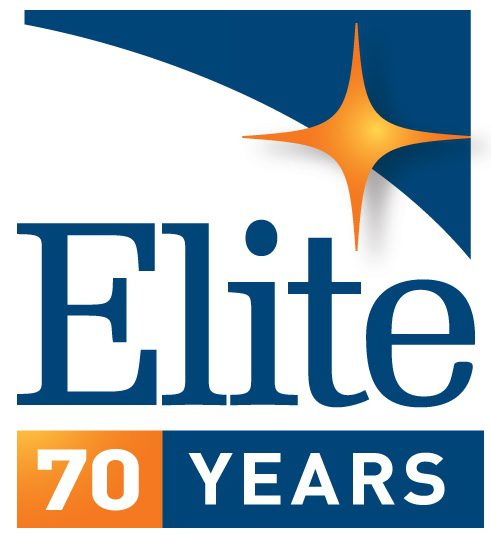March 1, 2019
By Craig Fanning, EMC Lab Manager
Elite will be hosting our annual St. Patrick’s Day Event with the IEEE and SAE Chicago sections on March 13.
For the keynote presentation, EMC engineers from Harley-Davidson will outline the technical development process and discuss the unique challenges that accompany the design, testing, and manufacturing of the LiveWire – the first all-electric motorcycle from H-D.

This will be a very interesting event from my perspective as I am heavily involved with the development of Automotive EMC standards as the CISPR/D Vice Chair and member of the ISO USTAG and SAE EMC Committees.
Here are just a few of the standards that are being updated to address the EMC testing of Electric Vehicles (EVs):

- ECE Regulation 10 (now 10.05) was updated to address the EMC testing of EVs and EV ESAs (Electronic Sub-Assemblies) at the regulatory level. This standard is currently being used for regulatory purposes if a vehicle manufacturer wants to sell in many countries overseas which requires Type approval of the vehicle (E Marking).
- CISPR 25 4th Edition was updated with setups for the testing of both EVs and components. Annex I of the updated standard covers the special setups and considerations for the testing of EV modules
- CISPR 12 7th Edition is currently at the CD stage as the FDIS vote did not pass. This was mainly due to the fact that CISPR/D WG1 wanted to keep the peak detector limits in the standard. The “peak to quasi-peak” correction has been 20 dB for many years since that correlates with internal combustion engine ignition noise. However, the “peak to quasi-peak” correction for EV drive systems is considerably less. Therefore, we will need to make some additional changes to the proposed standard prior to publication.
- CISPR 36 1st Edition is a brand new standard that is currently in the development stages. This standard addresses the radiated emissions of EVs and HEVs. This standard will cover the frequency range of 150 kHz to 30 MHz and is for the protection of off-board receivers at a distance of 10 meters from the vehicle. Again, the proposed limits were a concern for some countries and we are working towards justification efforts and reworking the proposed limits.
Standards are also being developed for the Wireless Power Transfer (WPT) charging of EVs. These high-power charging systems which are capable of charging the vehicle battery without any physical connection to the charging system (charging through the air) will be critical for the future when driverless EVs will be driving on the roadways.
We are also working on implementing updates to cover the testing of vehicles and ESAs that utilize autonomous driving. Technology drives the standards and the standards committees are currently getting a lot of good input from vehicle manufacturers and suppliers that utilize autonomous driving systems. As we see the need and receive requests for updates to the standards, they will be implemented.
The development of Automotive EMC standards for North America and the rest of the world has been very active over the past few years with the industry-changing impact of electric and autonomous vehicles. We look forward to seeing everybody on March 13 for the presentation by the EV experts from Harley-Davidson.
